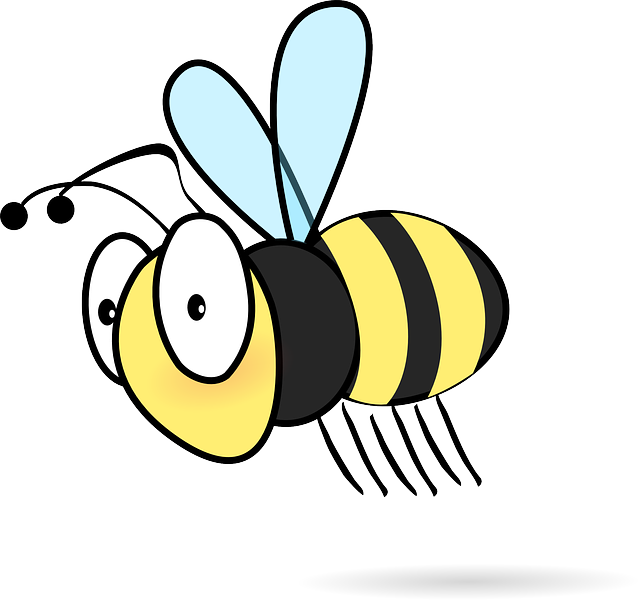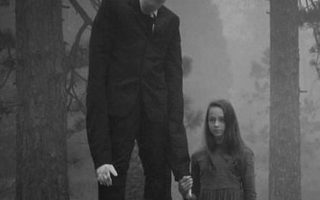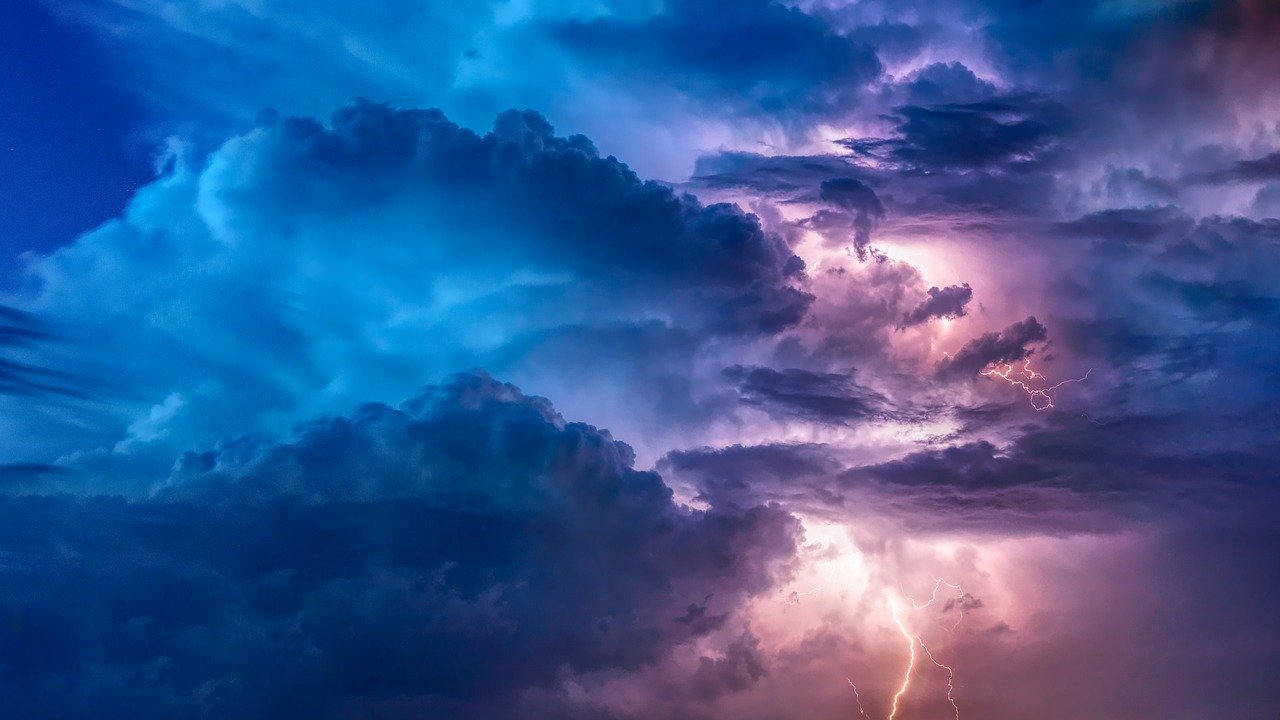Spans of green land reach the long miles, separated only by a short expanse of tree and brush. Long blades of grass edge one side of the tree line, the Nile river edges the other. In this small area lives many creatures, some domestic, many wild.
A family of mountain Wallabies rests in the day’s warmth, stretched out on large hot boulders along the riverbed. A small herd of Deer have come down to lap at the clear flowing water, and to graze upon the green grasses. Snakes are swimming in the freezing mountain waters flowing in from the Ben Lomond Ski Resort. They are territorial and it’s unusual for other snakes to encroach upon another’s territory.
A mob of Kangaroos has congregated on the other side of the river, at the base of a steep mountain. The warm stones and pebbles that make up the riverbed crunch under their weight, with a small Joey, not long out of the pouch, sliding down into the water. Using his powerful back legs, he swims around the small pool area that has been created by many floods. The shift of boulders has provided a very deep well, surrounded by smaller streams that collect the overflow.
Just off to the right is a small echidna using its long beak-like, brown snout to lift rocks and clumps of grass in search of another ants nest, its favourite being the Tasmanian Jumping Jacks. He must have found a lovely patch because his snout dives in at an angle, digs down deep and fresh dirt gets tossed into the air as he brings his snout back out again. Then he munches on the large nest he’s discovered. The local eagle’s prey on the wild ducks, grasping them in their talons, carrying them away to eat, leaving visibly shaken animals in their wake.
As the sun begins its trail down below the mountain line, there is a sudden movement seemingly collapsing the bank of the river, frightening the deer. Crawling out of the riverbank is a large Duck-billed Platypus. As she swims out into the water, she is followed by her mate. Diving under the water they seek freshwater crayfish, dragonflies, trout eggs and tadpoles for their dinner. It must be mating season, for there to be two together. After fossicking for their meal, they mate in the water and then continue their search for food. At the end of June, he will go away, and she will lay her eggs in a burrow that she has dug specifically for that reason alone.
He is not allowed in that burrow. Her eggs will take just twenty-one days to gestate.
The sun has almost gone and so have the daytime critters who share the river’s bounty, only to be replaced by a female wombat with her baby’s head protruding through her back legs. She takes a step, then grazes. When she stops, her baby also grazes. The Tasmanian masked owl lands on a branch in one tree, and her babies can be heard chirping across the darkening sky as she seeks out field mice, who also need to swim and drink. Possums screech and Devils scream while brown and white spotted quoll’s growl.
As the dwindling rays of the setting sun finally dissipate, the night-time habitat comes alive. With most of the larger animals all tucked up for the night, the smaller night feeding animals make the river work hard for its grasses, and float in the waters to maintain life. Its life, the animals lives, the insects lives… The trout oxygenate the waters, providing the infinitesimal water creatures with continuing environs so they too can survive, and all this may seem like a brief story about the different creatures of Tasmania. But it is not.
This story tells us that without even the tiniest of creatures, the greatest of us would not survive.




